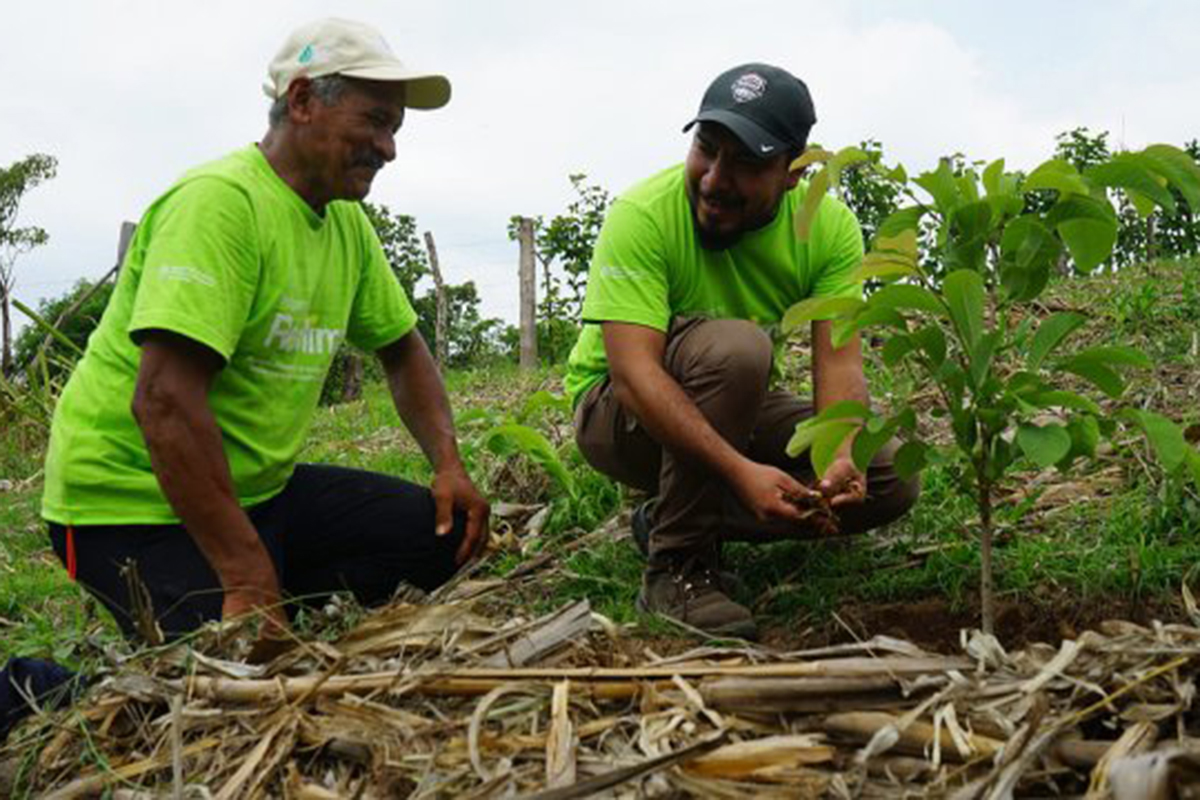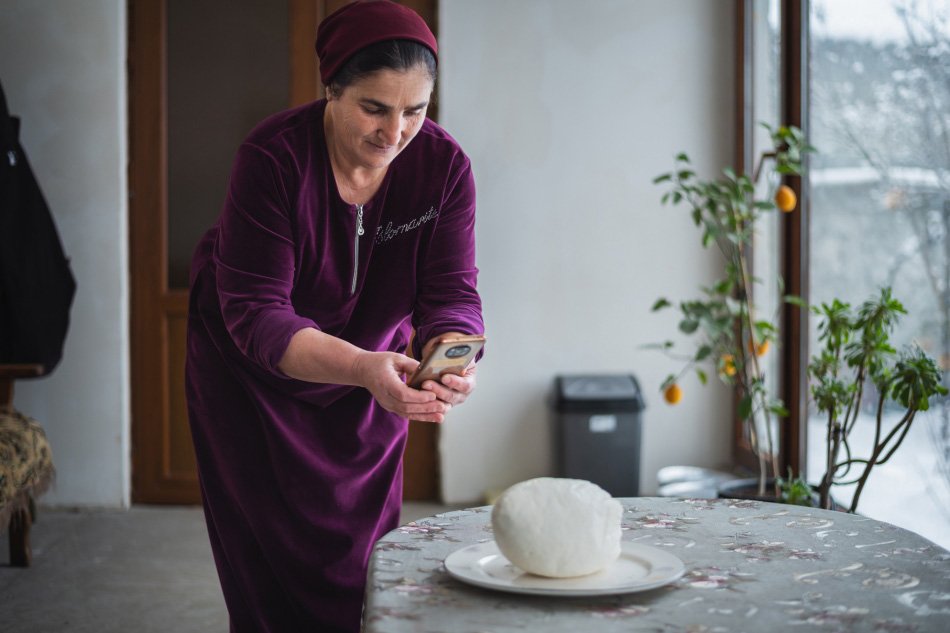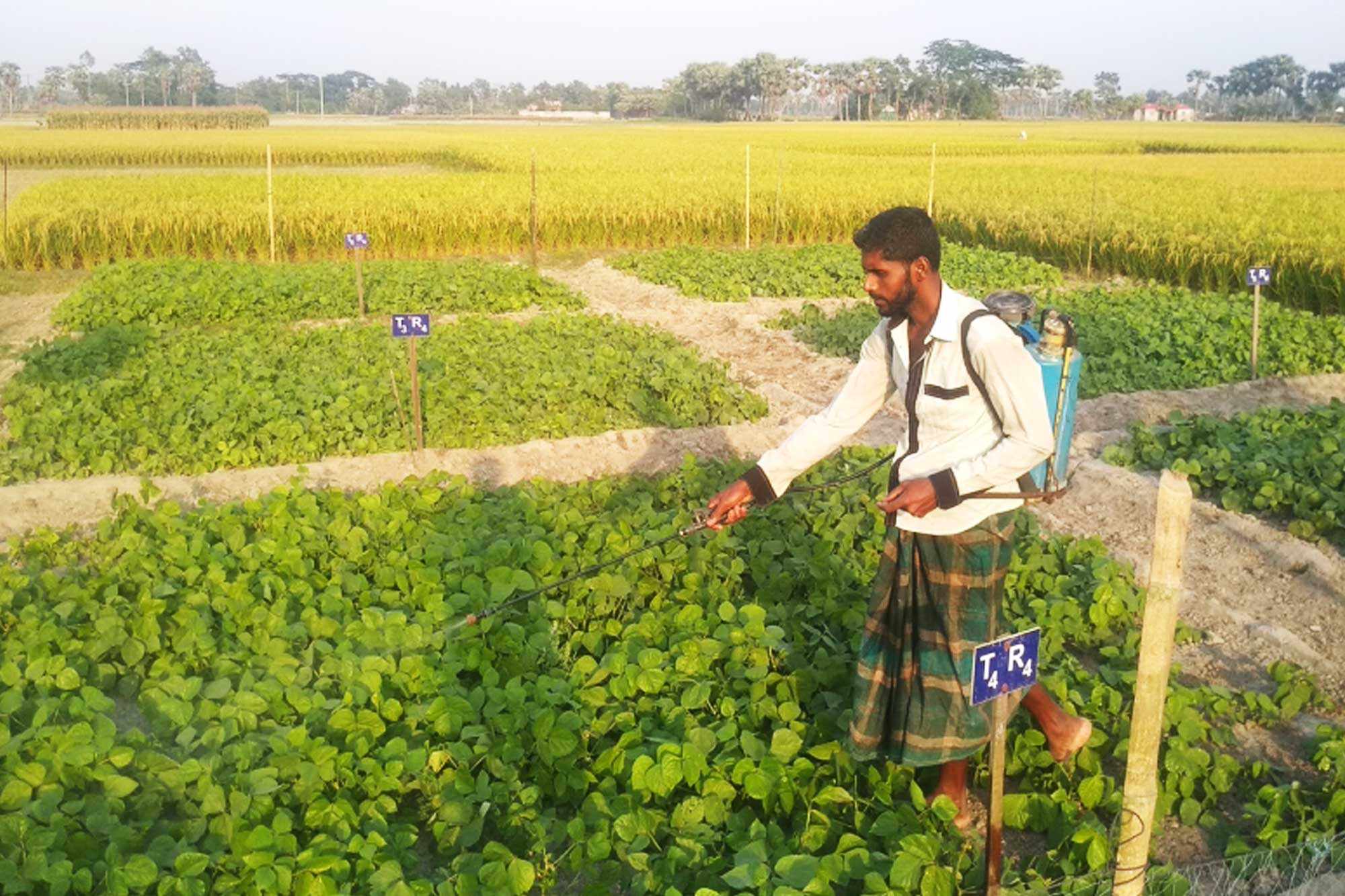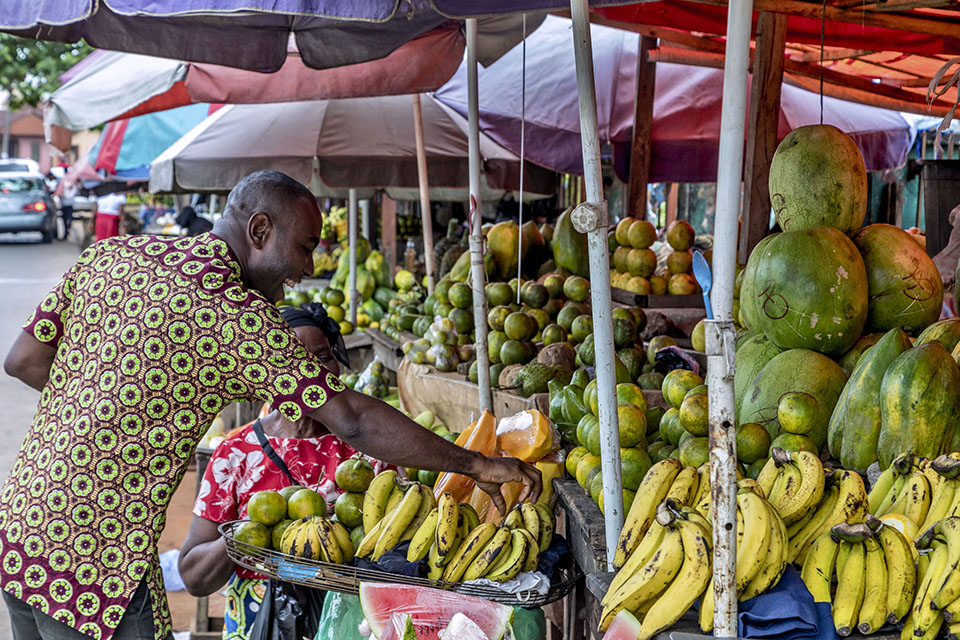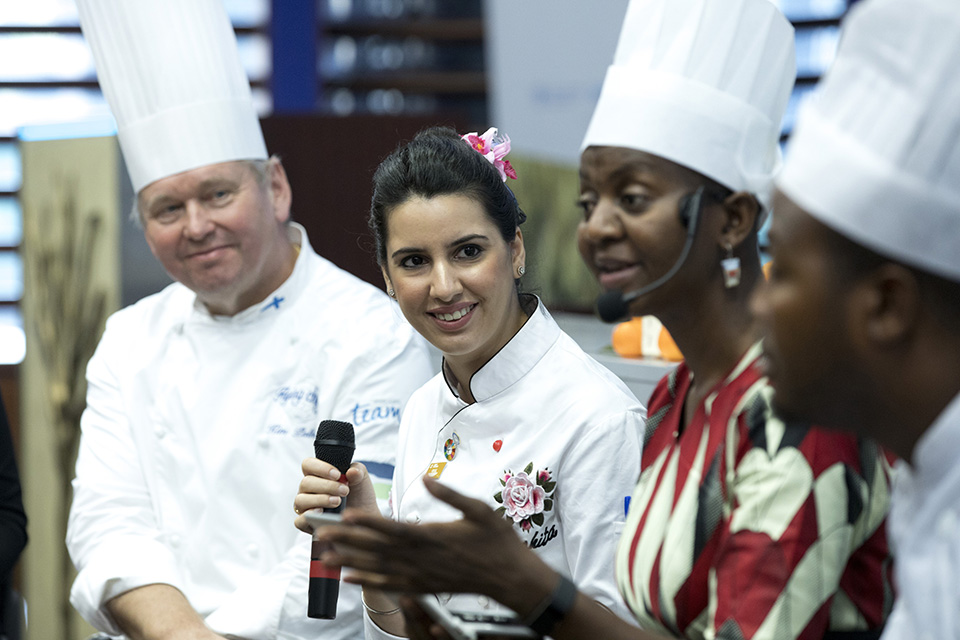The is the Central American Dry Corridor is a 1,600-kilometre-long expanse through Guatemala, El Salvador, Honduras, Nicaragua, Costa Rica and Panama – home to 11.5 million rural people, who largely depend on agriculture for their livelihoods. Known for its erratic rainfall patterns, the Dry Corridor is one of the world’s most exposed and vulnerable regions to climate change. FAO’s RECLIMA project aims to restore degraded ecosystems in El Salvador and the Dry Corridor in general to regenerate the land and replenish water sources that people depend on for their food, income and well-being.
FAO
Youth around the world are invited to create a paper or digital illustration to portray one of the six main steps of the seeds’ journey to the International Space Station (ISS), and what happens when they arrive back on Earth.
Malika Machalikashvili’s farm in Georgia was once pretty traditional Today she sells her produce using a smartphone. For the last three years, Malika has been attending FAO trainings, which teach smallholder farmers about better agricultural practices. These platforms have also proved very useful for teaching rural men and women about gender equality, gender-based violence and women’s economic empowerment. These trainings help smallholder women farmers feel empowered to stand up for their rights, grow their businesses and implement successful economic initiatives.
Water is vital to us all, so everyone needs to act. Every drop counts and your actions, big or small, can make a difference.
FAO together with the competent authorities engages many other stakeholders, including researchers who study the food safety issues of cell-based food, private cell-based food developers and producers, and non-governmental organizations to collaborate in this space to advance our collective knowledge.
A visit to the doctor often begins with a stethoscope to assess the heart and lungs because before you treat someone, you need to know how they are. Similarly, to guarantee healthy soils for sustainable agriculture and food production, you first need to know their condition. Soils are the starting point of food and agriculture. Without healthy soils (to provide nutrients), water and air (for plant growth and development), we cannot grow the nutritious food we need to lead healthy lives. Yet, soil degradation is a global problem. Currently, around one third of the world’s soils is degraded. The situation will continue to worsen if we do not take action. FAO’s Global Soil Doctors Programme started to do just that.
In Colombia, the coastal town of Buenaventura boasts one of the country’s busiest ports. Local communities rely to a great extent on fisheries and aquaculture to make a living, and women make up a large part of the workforce. These women fish sellers – known as the Platoneras - work informally and earn low wages. These women are not covered under any social protection scheme, making them particularly vulnerable to adverse shocks such as illness, injury, and the eventual onset of old age. FAO, and its partners including the Norwegian Agency for Development Cooperation, NORAD, are supporting the Platoneras to strengthen their livelihoods and improve their access to social protection schemes - all the while boosting the community's food security. Sandra Gómez Montaño speaks with Heysel Calderón and Andrea Garay. Presented by Laura Quiñones.
Photo: @ FAO/Heysel Calderón
To enhance inclusive access and management of natural resources, FAO is working with local community leaders and local and regional authorities to establish peacebuilding and conflict resolution mechanisms. Through these initiatives, people are able to enhance fodder production, restore grazing lands and keep their livestock safe from drought.
As we transform our agrifood systems to make them more sustainable and new technologies emerge new foods will appear in our markets. FAO is working with Members and partners to ensure new foods are safe for human consumption contributing to food security and economic growth.
FAO has made publicly available country-by-country indicators on healthy diets that show their cost - including by food group - and the number of individuals unable to afford them.
Choose a dish to prepare using a type of millet. Record a video of yourself preparing your recipe and tell us about it. Share it! @FAO #IYM2023 #YearofMillets
Edible insects are an underutilized resource that can help meet our growing demands for nutritious food and animal feed while caring for our planet. FAO highlights three reasons why insects should be on the menu.
From supporting themselves on their farm in Namande village in Mozambique, Ali’s family had no choice but to leave everything behind when insurgents attacked their village. Ali, his wife Florinda and their five children are among the more than one million people who have been displaced from their homes, and who are now relying on support from FAO and its partners to help them restart their livelihoods. Local authorities in the neighbouring Montepuez district soon allocated Ali and his family a 0.5-hectare plot of land to farm and FAO provided a farming kit to get back to prodcution.
The celebration of World Pulses Day by FAO presents a unique opportunity to raise public awareness about pulses and the fundamental role they play in the transformation to MORE efficient, inclusive, resilient and sustainable agrifood systems for better production, better nutrition, a better environment, and a better life, leaving no one behind.
The world is off-track to meet the Sustainable Development Goals by 2030. FAO believes that there are four goals we need to achieve to ensure a better future for all; better production, better nutrition, a better environment, and a better life, leaving no one behind.

